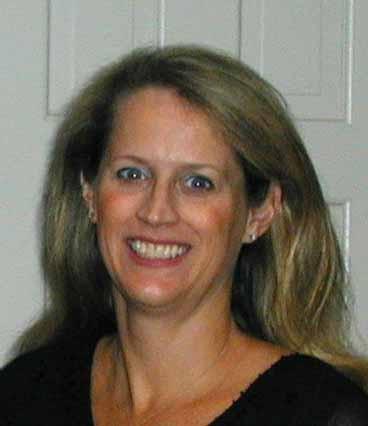event
Center for Innovative Cardiovascular Technologies Seminar
Primary tabs
"Finite Element and Fluid-structure Interaction Models of the Mitral Valve: Function in Normal and Pathological States"
Karyn S. Kunzelman, PhD
Graduate Faculty, Research Professor
Department of Mechanical Engineering
University of Maine
Successful mitral valve repair is dependent upon a full understanding of normal and abnormal mitral valve anatomy and function. Computational analysis is one such method that can be applied to simulate mitral valve function in order to analyze the roles of individual components and evaluate proposed surgical repair. We developed the first three-dimensional finite element computer model of the mitral valve including leaflets and chordae tendineae; however, one critical aspect that has been missing until the last few years was the evaluation of fluid flow, as coupled to the function of the mitral valve structure. Presented here are our latest results for normal function and specific pathological changes using a fluid-structure interaction model. Normal valve function was first assessed, followed by pathological material changes in collagen fiber volume fraction, fiber stiffness, fiber splay and isotropic stiffness. Leaflet and chordal stress and strain and papillary muscle force were determined. In addition, transmitral flow, time to leaflet closure and heart valve sound were assessed. Model predictions in the normal state agreed well with a wide range of available in vivo and in vitro data. Further, pathological material changes that preserved the anisotropy of the valve leaflets were found to preserve valve function. By contrast, material changes that altered the anisotropy of the valve were found to profoundly alter valve function. The addition of blood flow and an experimentally driven microstructural description of mitral tissue represent significant advances in computational studies of the mitral valve, which allow further insight to be gained. This work is another building block in the foundation of a computational framework to aid in the refinement and development of a truly non-invasive diagnostic evaluation of the mitral valve. Ultimately, it represents the basis for simulation of surgical repair of pathological valves in a clinical and educational setting.
Dr. Kunzelman has more than 20 years of experience in medical and surgical research investigation. Her fields of interest and expertise include: analysis of cardiovascular systems in the normal, diseased, and surgically repaired states; biomechanics, experimental stress analysis, finite element analysis, connective tissue mechanics, fluid mechanics, cellular response to stress alterations, molecular biology of cardiovascular cells.
Status
- Workflow status: Published
- Created by: Colly Mitchell
- Created: 01/24/2013
- Modified By: Fletcher Moore
- Modified: 10/07/2016
Categories

